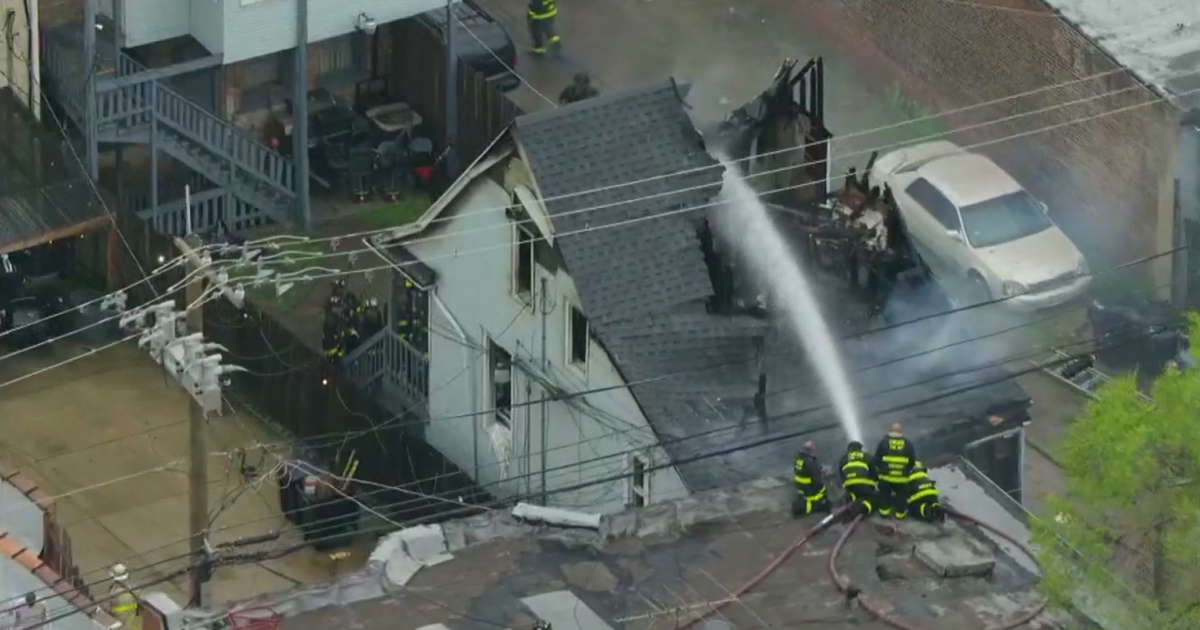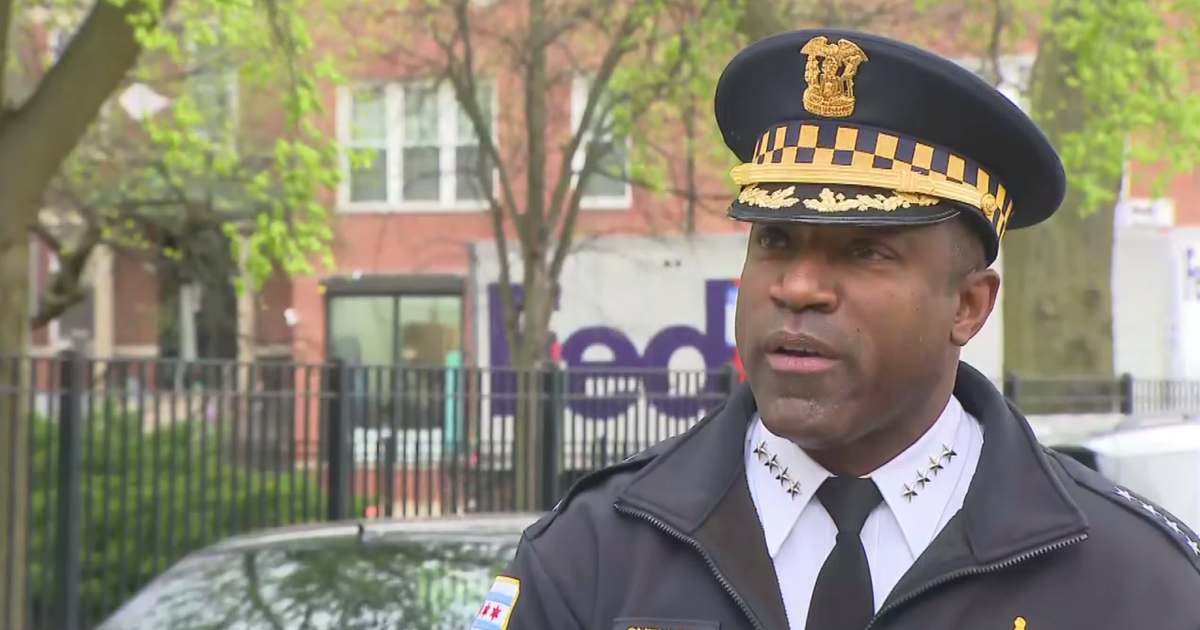1910 Stock Yards Fire Remembered
CHICAGO (CBS/WBBM) -- A fire in the South Shore neighborhood that took the lives of two firefighters coincides with the 100th anniversary of the deadliest disaster in Chicago Fire Department history.
WBBM Newsradio 780's Regine Schlesinger reports on Dec. 22, 1910, a horrific fire broke out in the Union Stockyards. It came to take the lives of 21 firefighters and three others.
LISTEN: Newsradio 780's Regine Schlesinger Reports
Podcast
It was 24 degrees outside at 4 a.m. on Dec. 22, 1910, the first full day of winter. In the unlit basement of a packing house in the Union Stock Yards, that coal-black cold was being replaced by the glow of sparking wires, and then the first flames of a fire fed by combustibles ranging from rags to raw meat.
Within little more than an hour, that fire would grow to engulf warehouse No. 7 of the Morris & Co. plant. Then, in a few horrendous seconds, it would turn the nearly windowless brick building at 44th and Loomis streets from just another meat-packing operation into a graveyard.
Until the collapse of the World Trade Center's twin towers on Sept. 11, 2001, no single disaster in the history of the United States claimed the lives of more firefighters.
When the fire broke out, all of the firefighters in the stockyards rushed to the scene in their horse-drawn steam engines and trucks, and Fire Marshal James Horan woke up in the wee hours to drive the only motorized department vehicle, the Chicago Tribune recalled.
The 51-year-old fire chief arrived on the scene less than an hour after the first alarm, and only 18 minutes after the 4-11 alarm bell rang at his house and roused him from a short night's sleep.
Firefighters encountered difficulty from the start, according to Bill Cattorini, a lieutenant with Chicago Fire Department Engine 49 and an expert on the history of the fire.
"It was very difficult to fight a fire in there because there were no windows. It was eight stories high, and so they knew there was going to be a battle, but it just so happened that a wall came down unexpectedly, and buried them," he said.
A nearby loading dock was the only place from where the fire could be attacked, and access was restricted by a rail line filled with box cars running down the center of Loomis Street.
At 5:08 a.m., 59 minutes after the first alarm, a six-story brick wall, buckled by the expanding superheated air in the building, crashed through a wooden canopy onto a loading dock, killing Horan and his colleagues. The tons of flaming debris buried them alive. Hours later, after firemen removed the debris brick by brick, Horan's body was found. He was on his knees, arms folded, facing the center of the fire.
Those who survived were either blown sideways by the force of the collapse, which destroyed the box cars, or in some instances, were lucky enough to have enough distance to dash away.
But most had nowhere to go, even after Horan warned them to "look out."
A century later to the day, two firefighters are dead and 16 are injured, after a wall and roof collapsed as they fought a fire at 1744 E. 75th St.
Cattorini tells WBBM Newsradio's Regine Schlesinger the coincidences are eerie.
"A hundred years ago on the same day, the temperatures the same – it's eerie," Cattorini said.
Cattorini was attending a memorial service for the 1910 victims when he heard about the fire Wednesday. A monument – including a bronze sculpture by artist Tom Scarff, was dedicated to the 1910 victims at Exchange Avenue and Peoria Street in 2004.
(TM and © Copyright 2010 CBS Radio Inc. and its relevant subsidiaries. CBS Radio and EYE Logo TM and Copyright 2010 CBS Broadcasting Inc. Used under license. All Rights Reserved. This material may not be published, broadcast, rewritten or redistributed. The Associated Press contributed to this report.)



